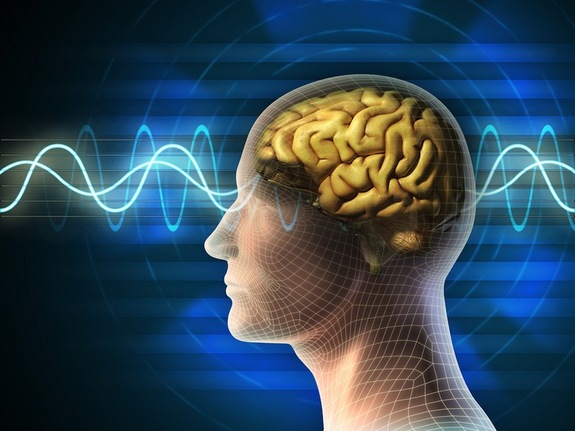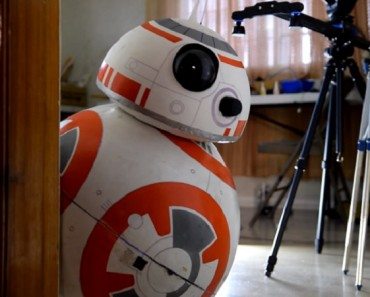Scientists at University of Washington claim they have developed a computer program that can decipher and project human thoughts, in real time.

PHOTO: LIVESCIENCE
The research process includes planting electrodes in subject’s brain. Based on the electrical signals from the neurological activity, the researchers can tell us what they are thinking – without the subject speaking a single word.
This research can turn out to be revolutionary, once it is properly developed and deployed. It can allow people who cannot speak, or have other communication problems, to communicate with the rest of the world.
Rajesh Rao, a neuroscientist at the university says he is thrilled about helping people out. He says they are building a solid communication platform for people who are paralyzed or speech impaired. They are “completely locked in” and this platform will give them a means to come out of their confinement.
Deciphering human thoughts
As far as reading human thoughts go, scientists have had considerable success. In a study conducted in 2011, scientists determined what movies the subjects have been watching recently by tracing their brain waves. In 2014, two researchers established a telepathic link by communication with each other through thoughts. There have been a lot of solid researches to date, that confirm that computers can de-code what people are thinking.
Building on this recent advancement in thought reading, Rao and his team wanted to take this to another level. They wanted proof of communication. They found volunteers, seven people with epilepsy, to have electrodes implanted in their brains. The patients were getting electrodes any way for identifying the time and duration of their seizures.
Dr. Jeff Ojemann, a researcher on the team said that patients were getting implants anyway; so they “ gave them some extra tasks in their spare time.”
The electrodes were implanted in central lobe, a region responsible for recognizing what a person sees and producing a brainwave that correlates with the eye’s experience.
The process
Subjects watched a computer screen with random images changing. The images includes people, faces as well as houses and blank screens. The electrodes in their brains were analyzing brainwaves and sending them to the computer program that was analyzing brain signals (1000 waves per second). The computer determined what someone was thinking when they looked at a house or a person. This gave them the baseline, a source code for what brain waves look when the eye sees a house, people or different objects.

University of Washington (Photo: washington.edu)
In the first half of the first phase of the experiment, the computer depicted “what the brain signals look like when a person sees a house, person, upside down house or nothing”. In the second half, the computer with 96% accuracy predicted what the subjects were thinking after analyzing their brain waves.
Single Vs. double neuron process
Rao explained why the process was an overwhelming success. He said that previously, scientists have always studied the single neuron, i.e. one neuron at a time – the traditional approach. “Our study has a bigger spectrum, it looks at a very expansive range of neutrons”.
This new technique has given scientists a grand opportunity, a bigger “entrance” into the brain. “In the future, researches like these would help us in mapping out the entire brain “, one researcher said.








